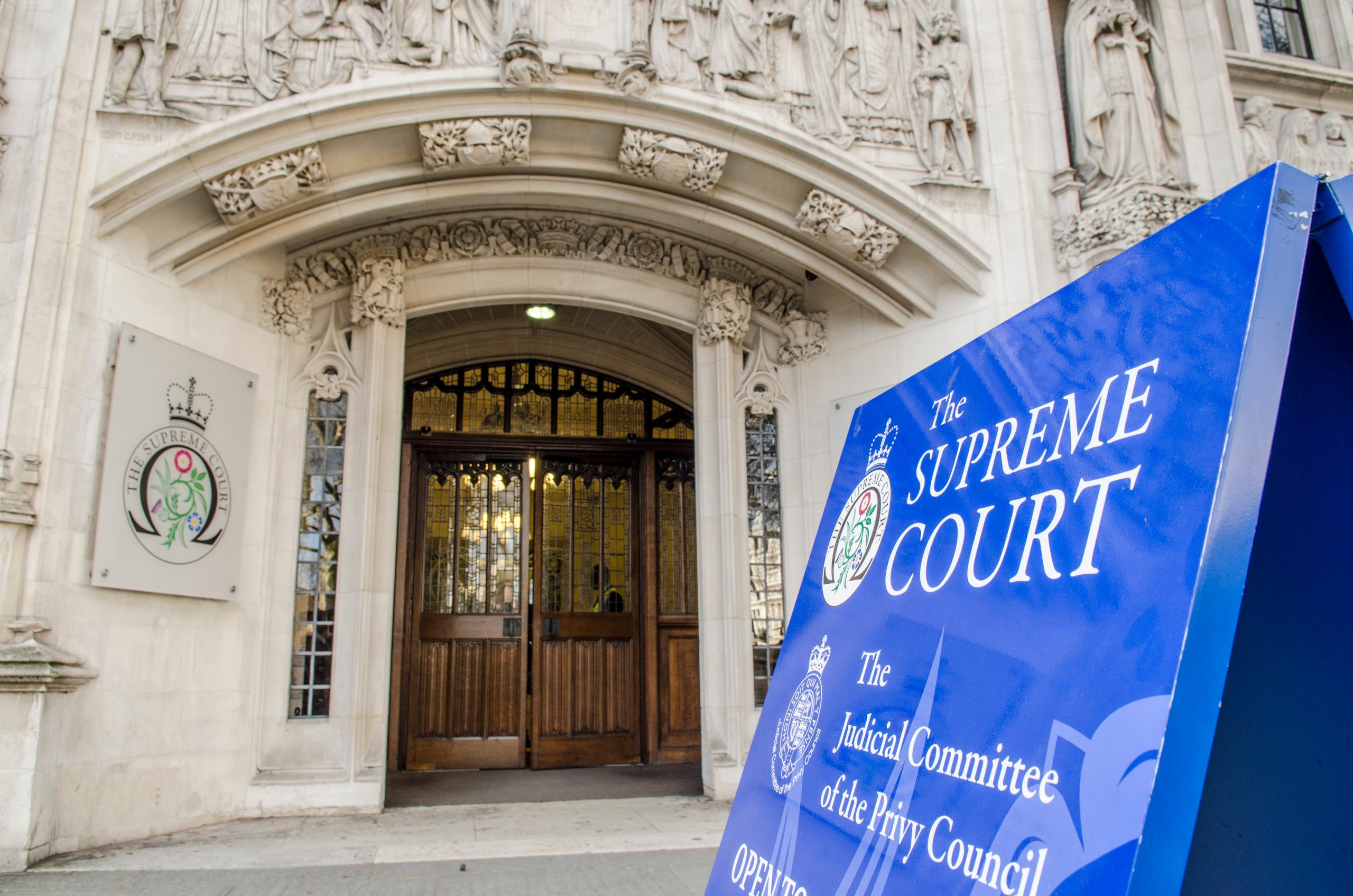
The Good, the Bad & the Ugly: 100 cases every policyholder needs to know. #14 (The Good & Ugly). Arch Insurance (UK) Ltd v FCA and others
Welcome to the latest in the series of blogs from Fenchurch Law: 100 cases every policyholder needs to know. An opinionated and practical guide to the most important insurance decisions relating to the London / English insurance markets, all looked at from a pro-policyholder perspective.
Some cases are correctly decided and positive for policyholders. We celebrate those cases as The Good.
Some cases are, in our view, bad for policyholders, wrongly decided, and in need of being overturned. We highlight those decisions as The Bad.
Other cases are bad for policyholders but seem (even to our policyholder-tinted eyes) to be correctly decided. Those cases can trip up even the most honest policyholder with the most genuine claim. We put the hazard lights on those cases as The Ugly.
#14 (The Good & Ugly)
Arch Insurance (UK) Ltd v FCA and others [2021 UKSC 1]
The Good?
The circumstances of FCA Test Case are widely known, and the case has been fairly regarded as a resounding (if not absolute) win for policyholders, having established coverage for Covid-19 business interruption losses under a variety of non-damage business interruption extensions.
Aside from the key policy trigger determinations, which are to some extent confined to the specific circumstances of the Covid-19 pandemic given that most insurers have now withdrawn cover of the type under consideration in the Test Case, perhaps the more significant outcome was the Supreme Court’s findings on causation, and the overruling of the notorious Orient Express v Generali case.
Previously highlighted in our series as one of The Bad, Orient Express first codified the ‘wide area damage’ principle under which insurers decline or reduce a policyholder’s business interruption claim in the event of a loss event causing damage to the wider area, rather than to the insured property only. So in the case of Orient Express, the claimant hotel was denied indemnity for losses following Hurricane Katrina in New Orleans, on the basis that the entire city was effectively destroyed, and ‘but for’ the damage to the hotel, it could not have done any business anyway. The egregious effect of the case was that, the more severe the loss event, the less coverage was provided by insurers.
The case finally fell for consideration by the Supreme Court in the FCA Test Case ten years later, and was unanimously overturned (including by the very judge that issued the original Orient Express decision itself). The approach that should have been taken, the Supreme Court said, was to view the damage to the hotel and the damage to the surrounding area as concurrent causes of loss which, following the principle in The Miss Jay Jay, would not preclude coverage where neither cause was expressly excluded under the Policy. The policyholder in Orient Express should therefore have been entitled to recover the full extent of its losses arising from the hurricane, as should policyholders seeking indemnity for their Covid-19 BI losses.
The Ugly?
The Supreme Court’s approach to concurrent proximate causes is not necessarily all good news for policyholders, however.
It is a well-established principle of English law, affirmed by the Supreme Court in its judgment, that, where there are concurrent proximate causes of a loss, if one cause is an insured peril and the other cause(s) is / are uninsured then the policy should respond in full (The Miss Jay Jay), whereas if a cause is excluded then the policy will not respond (Wayne Tank). The potential for the Wayne Tank principle to be a practical problem for policyholders has historically been largely been mitigated by the Courts’ general reluctance to find that there is more than one proximate cause. However, the Supreme Court’s decision in the FCA Test Case suggests that concurrent proximate causes may be much more likely to arise in practice than had previously been appreciated. The Supreme Court noted that both The Miss Jay Jay, and Wayne Tank, concerned interdependent concurrent causes (so that it was the combination of the two which made the loss inevitable) and went on to find that there is “no reason in principle why such an analysis cannot be applied to multiple causes which act in combination to bring about a loss” (our emphasis). This significantly extends the doctrine of concurrent causes, particularly given that the Supreme Court went on to say that, in certain circumstances, the multiple concurrent causes do not have to meet the ‘but for’ test:
“there is nothing in principle or in the concept of causation which precludes an insured peril that in combination with many other similar uninsured events brings about a loss with a sufficient degree of inevitability from being regarded as a cause – indeed as a proximate cause -of the loss, even if the occurrence of the insured peril is neither necessary nor sufficient to bring about the loss by itself” (our emphasis).
In some situations (the FCA Test case itself included!) this shift could lead to an increase in cover available to the policyholder and, on that basis, is a welcome development.
However, in our view there are also instances where this change would be unwelcome for policyholders in the context of exclusion clauses – for instance Design & Build contractors who almost always have a workmanship exclusion in their construction professional indemnity policies. The effect of the Supreme Court’s approach to the issue of proximate cause in the Test Case could be to encourage insurers to point to modest workmanship issues as being a proximate cause of the loss in an attempt to refuse cover on the basis of the Wayne Tank principle. Whilst that approach would, in our view, be wrong (unless restricted to the narrow type of interdependent concurrent proximate cause of the type considered in Wayne Tank itself), the possibility of insurers seeking to take a Wayne Tank point more often on the basis of the Supreme Court’s approach to proximate cause makes that aspect of the decision “Ugly” for some policyholders, such as Design & Building Contractors with restrictive workmanship exclusions in their professional indemnity policies.
Rob Goodship is a Senior Associate at Fenchurch Law
Other news
Singapore’s factory output boom: Is your Business Interruption cover keeping up?
10 December 2025
In the News… is a new blog series from Fenchurch Law that translates today’s headlines into practical insights for…



